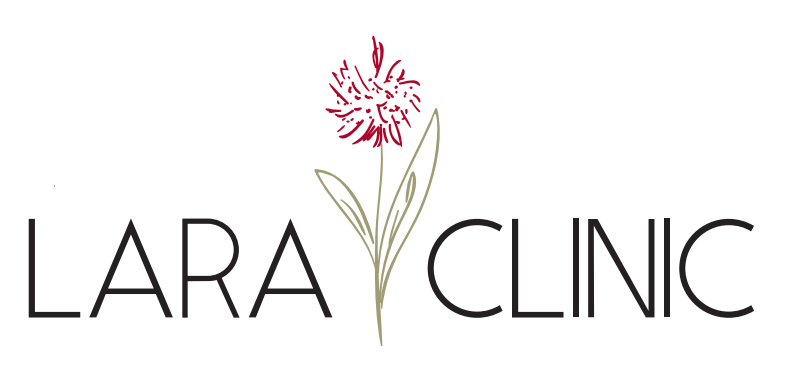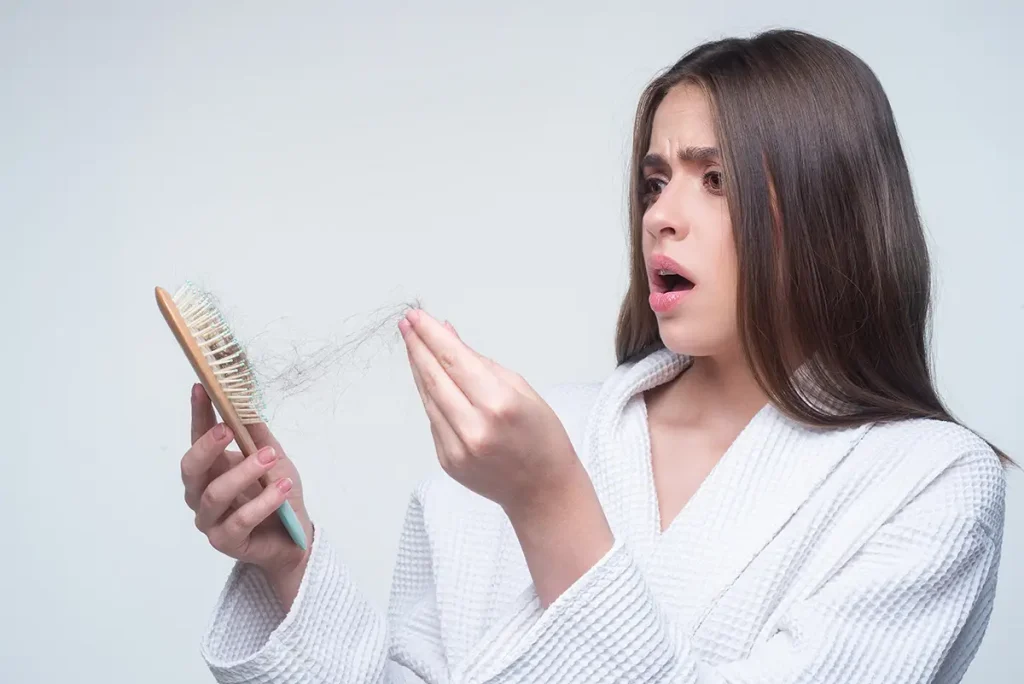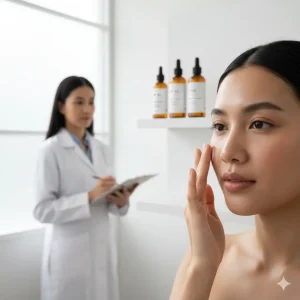3 Key Takeaways
- Recognizing the early symptoms for alopecia areata—such as patchy hair loss, scalp itching, and nail changes—allows for faster diagnosis and better treatment outcomes.
- For adults in their late 20s–50s, especially women in Klang Valley, early detection means protecting both appearance and confidence while accessing safe, medically supervised hair restoration options.
- Taking immediate action at the first sign of symptoms helps slow progression, preserve hair health, and maximize results with advanced treatments available at reputable aesthetic clinics.
The symptoms for alopecia areata can appear suddenly and progress quickly, making early detection essential for protecting your hair health and overall confidence. This autoimmune condition causes the body’s immune system to attack hair follicles, leading to patchy hair loss and, in some cases, changes to nails or other body hair. While it can affect anyone, adults in their late 20s to 50s—especially women juggling work, family, and lifestyle pressures—are often the first to notice the emotional impact of hair thinning or bald spots.
From a medical perspective, alopecia areata is not just a cosmetic concern—it’s a sign of underlying immune activity that can benefit from early, targeted intervention. In Malaysia, particularly in urban areas like Shah Alam, Wangsa Maju, and Kuala Lumpur, many patients are now turning to medically regulated aesthetic clinics for comprehensive scalp care. These clinics offer more than cosmetic solutions; they combine medical expertise, advanced diagnostic tools, and approved technologies such as PRP (Platelet-Rich Plasma) therapy, mesotherapy, and laser hair stimulation to help manage the condition effectively.
Drawing on over eight years of clinical experience, licensed doctors at reputable facilities like Lara Clinic have treated countless individuals experiencing early hair loss. Their patient-centered approach ensures each treatment plan is tailored after a thorough consultation, which may include scalp imaging, medical history review, and discussion of contributing factors such as stress, hormonal imbalances, or nutritional deficiencies.
This article will walk you through the seven most common early symptoms you should look out for—ranging from patchy hair loss to subtle nail changes—so you can act before the condition worsens. You’ll also learn how professional evaluation and timely treatment can slow progression, improve regrowth potential, and help you maintain both your appearance and peace of mind.
Experience the beauty of elegance, the trust of reliability,
and the grace of delicacy at Lara Clinic
Key Benefits of Knowing the Early Symptoms for Alopecia Areata

Why Early Detection Matters for Adults Concerned About Hair Loss
Recognizing the symptoms for alopecia areata early is critical for preventing more significant and permanent hair loss. For adults in their late 20s to 50s, especially women, the condition can have a deep emotional impact.
- Prevent further progression – Acting early helps contain hair loss before it spreads.
- Access advanced treatments sooner – From PRP to laser therapy, early intervention increases the chances of hair regrowth.
- Preserve confidence – Maintaining a healthy hairline supports both self-image and professional presence.
“I can already see a lot of baby hair growing on my problematic area after my third hair growth treatment. Expensive but really worth it!”
Aisyah Tarmizi
How Early Awareness Can Improve Treatment Outcomes
The sooner you identify alopecia areata, the faster your doctor can begin a targeted treatment plan. Clinics like Lara Clinic offer Hair Growth Solutions & Scalp Care, combining scalp analysis, FDA-approved technologies, and lifestyle recommendations to boost regrowth potential.
Additional Factors to Consider
- Stress levels and emotional health
- Hormonal fluctuations (post-pregnancy, menopause, thyroid issues)
- Family history of autoimmune conditions
The 7 Symptoms for Alopecia Areata You Should Notice First
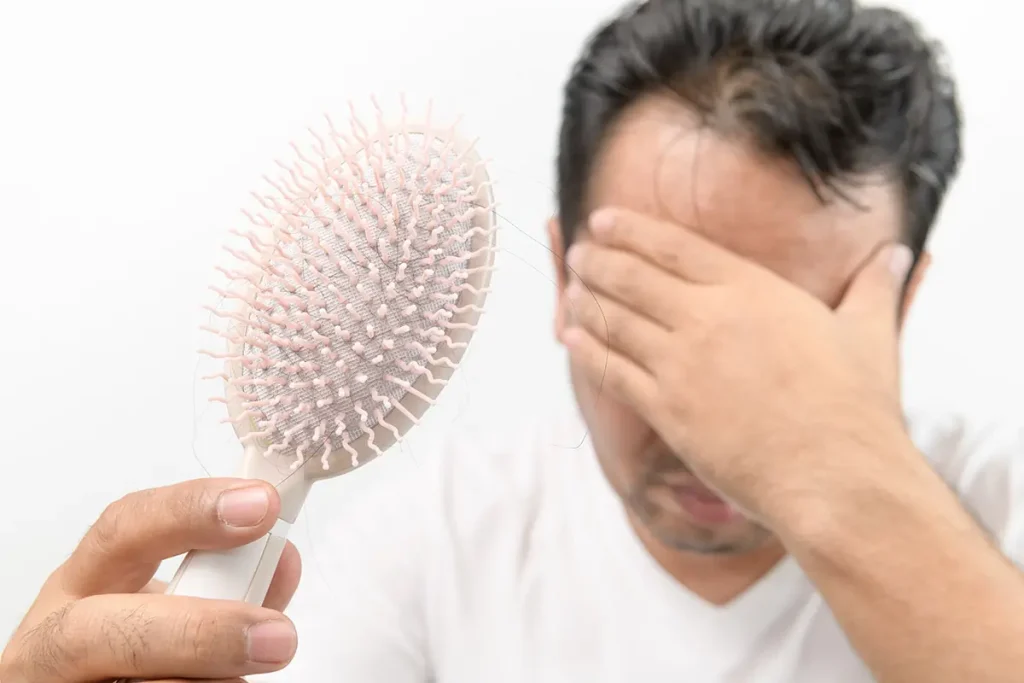
1. Sudden Patchy Hair Loss
Small, round bald spots on the scalp or beard area are classic indicators. The skin may appear smooth, with no visible inflammation.
2. Tingling or Itching on the Scalp
Before visible hair loss, many patients feel mild itching or tingling. This can be due to inflammation at the follicle level.
“The doctor was very friendly and made me feel comfortable throughout the consultation. The doctor’s smile and positive attitude were truly helpful.”
iy khaa
3. Hair Falling Out in Clumps
Noticing unusual amounts of hair on your pillow, shower drain, or brush—especially in concentrated patches—should prompt a check-up.
4. Changes in Hair Texture
Hair may become thinner, brittle, or lose its usual volume before actual bald spots develop.
5. Nail Changes
Pitting, ridges, or splitting in nails can sometimes precede or accompany hair loss, indicating an autoimmune link.
6. Loss in Other Body Areas
Alopecia areata isn’t limited to the scalp; eyebrows, eyelashes, and beard hair can also be affected.
7. Slower Hair Regrowth
If hair takes significantly longer to grow back after shedding, it may indicate follicle activity suppression.
Common Challenges in Recognizing Alopecia Areata Early
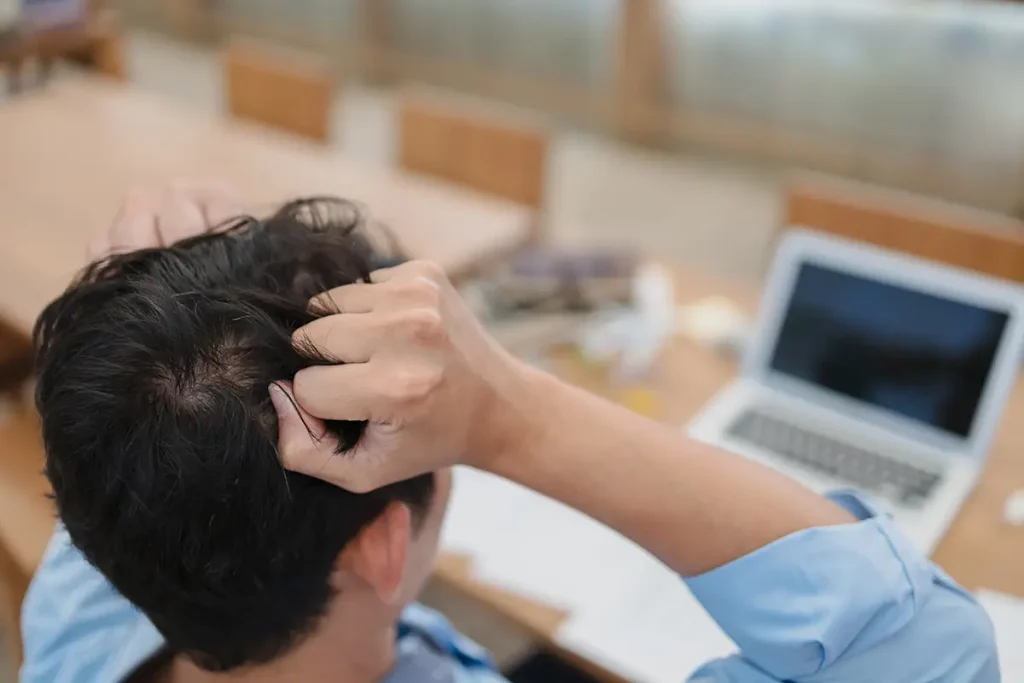
What Are the Biggest Obstacles?
- Misdiagnosis: Many confuse alopecia areata with stress-related shedding or temporary telogen effluvium.
- Overlooking subtle signs: Nail pitting or slight itching is often ignored.
- Delaying medical help: Waiting until the patches enlarge reduces regrowth potential.
How to Overcome These Challenges
- Schedule a professional scalp examination at the first sign of hair thinning.
- Keep visual records (photos) to monitor changes.
- Use clinic-grade diagnostic tools to identify early follicle activity loss.
Best Practices for Responding to Early Symptoms
Actionable Tips for Success
- Document symptom onset and progression.
- Pair medical treatments with supportive home care.
- Maintain a balanced diet and stress-management routine.
Tools & Resources to Help You
- Professional PRP injections for hair stimulation.
- Mesotherapy for nutrient delivery to follicles.
- Low-level laser therapy for follicle reactivation.
- Internal link to treatment options: Hair Treatment
“The services that I receive from Lara Clinic is excellent. My skin has been continuously getting better. They really know what they are doing.”
feitan chrollo
Recognizing the early symptoms for alopecia areata—from patchy hair loss to nail changes—can mean the difference between temporary shedding and prolonged bald patches. For Klang Valley residents, timely evaluation by a medically certified clinic increases the likelihood of successful regrowth and restored confidence.
If you’ve noticed any of these symptoms, don’t wait for them to worsen. Book a professional scalp assessment at Lara Clinic, where licensed doctors use medically approved technology to provide safe, effective solutions tailored to your needs. Whether you’re seeking regrowth or prevention, your journey begins with an expert consultation.
Frequently Asked Questions (FAQ)
What are the first symptoms for alopecia areata?
The first symptoms for alopecia areata often include sudden patchy hair loss, mild scalp itching, and tingling sensations. You may also notice changes in hair texture or nail appearance before bald spots become visible.
Can alopecia areata spread quickly?
Yes. For some individuals, alopecia areata can progress rapidly within weeks, leading to more extensive hair loss. Early detection and medical evaluation are essential to slow its spread.
Is alopecia areata reversible?
In many cases, alopecia areata is reversible, especially if treated early. Treatments such as PRP therapy, mesotherapy, and low-level laser therapy can stimulate regrowth, particularly under licensed medical supervision.
Which areas of the body are usually affected first?
The scalp is most commonly affected first, but alopecia areata can also cause hair loss in the eyebrows, eyelashes, beard, and other body hair areas.
